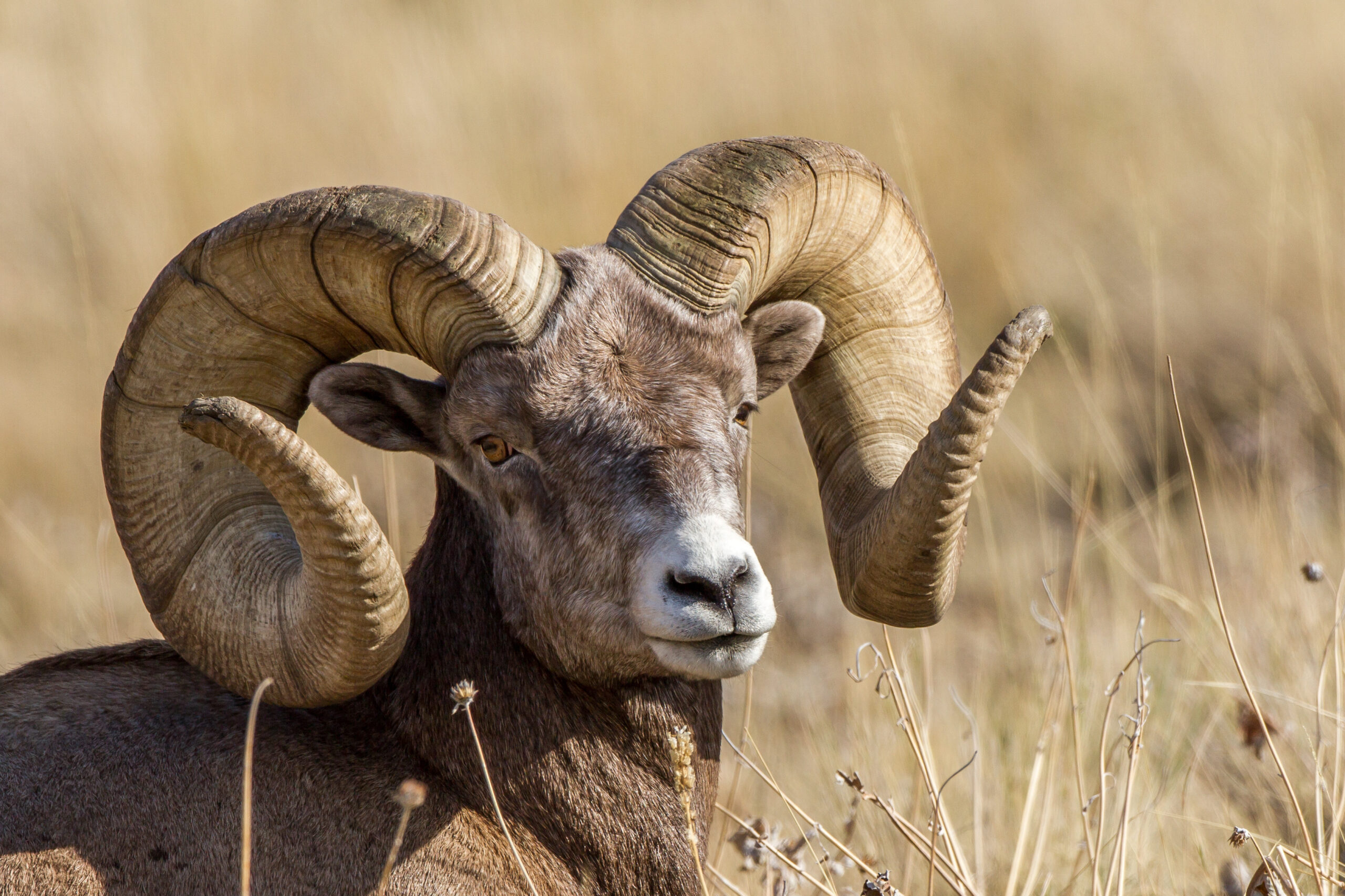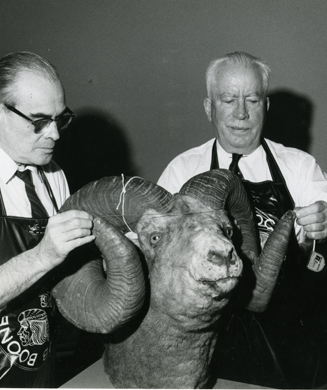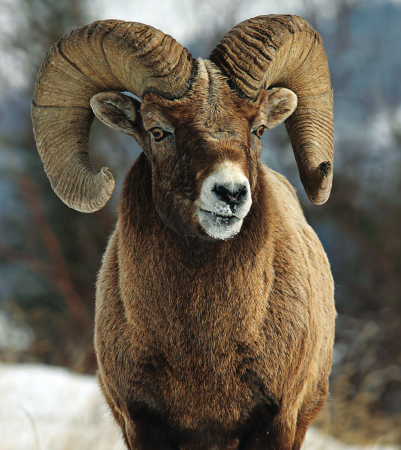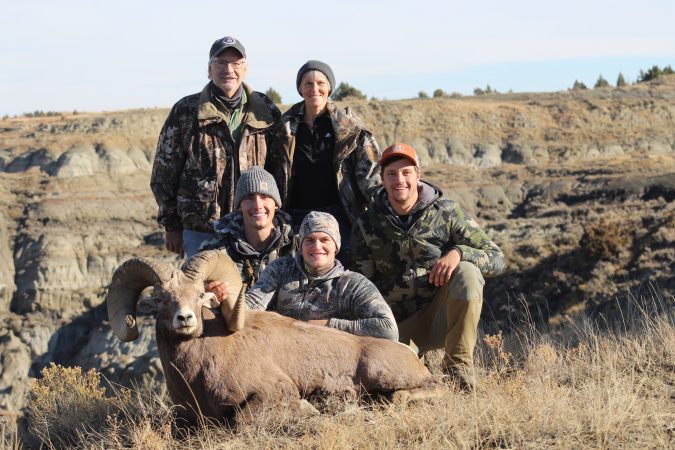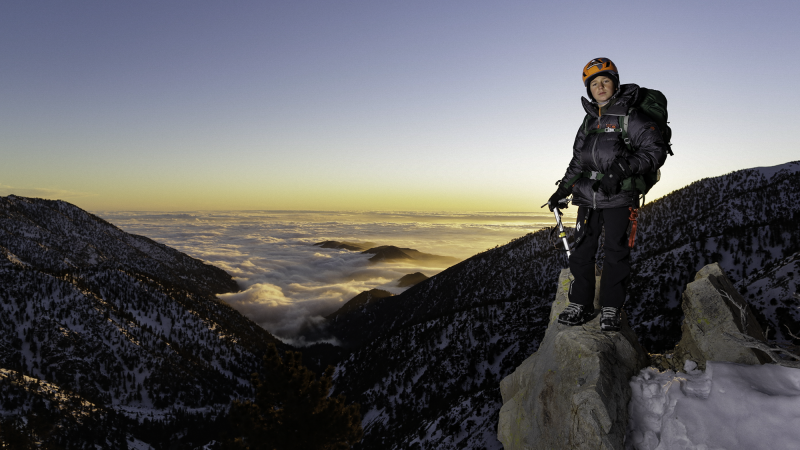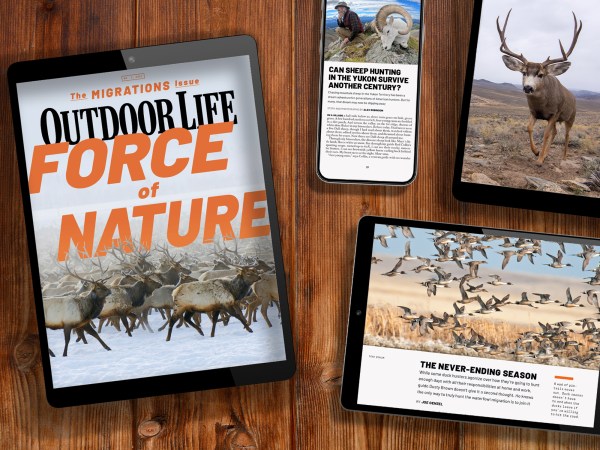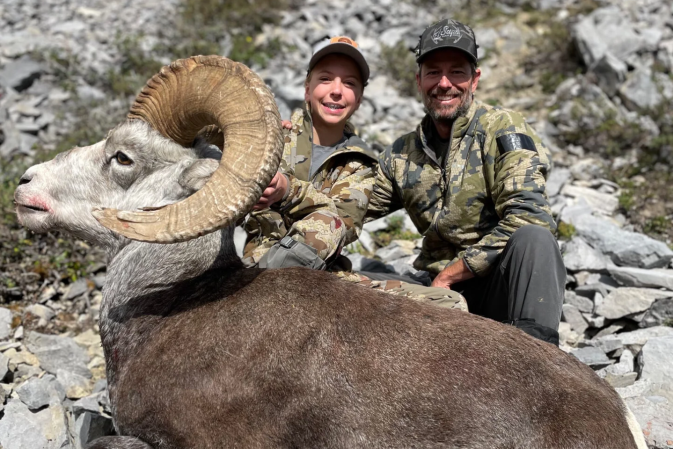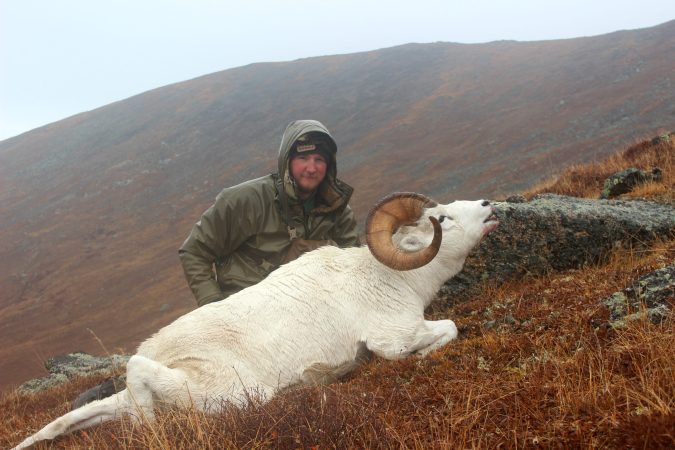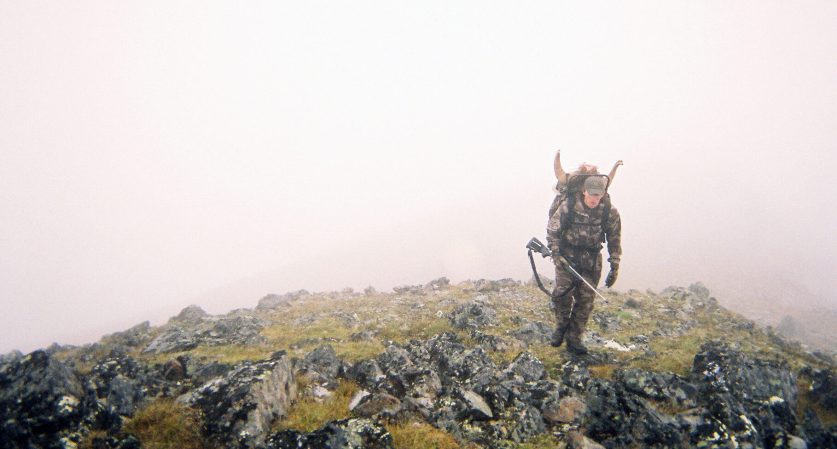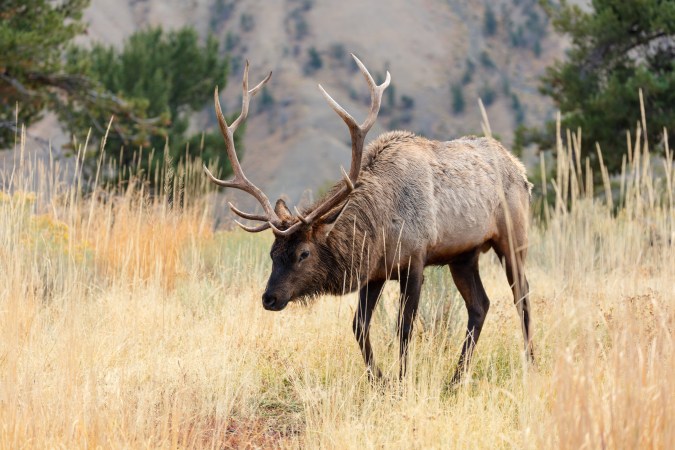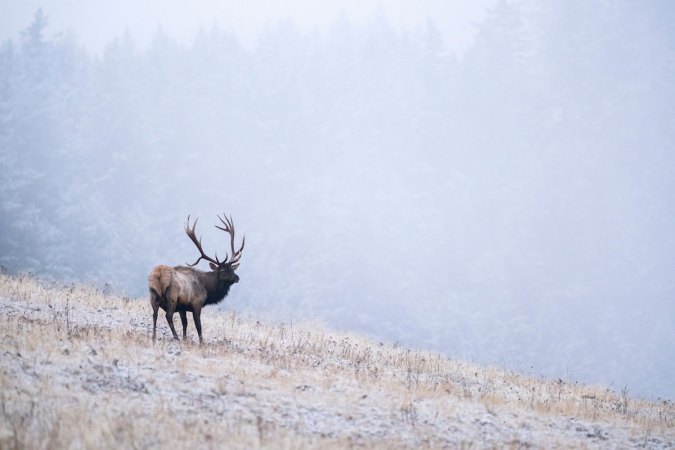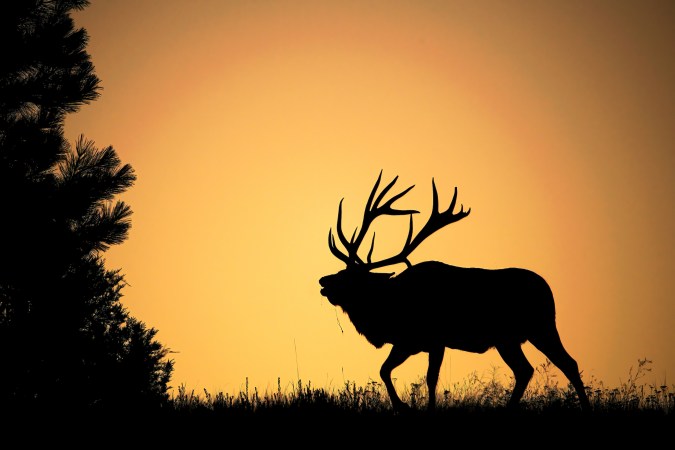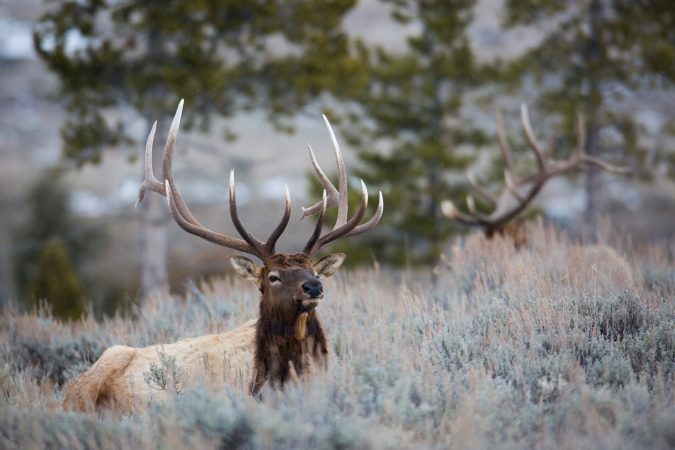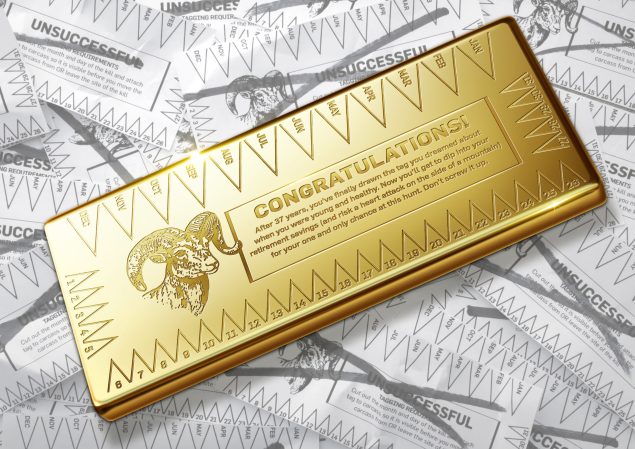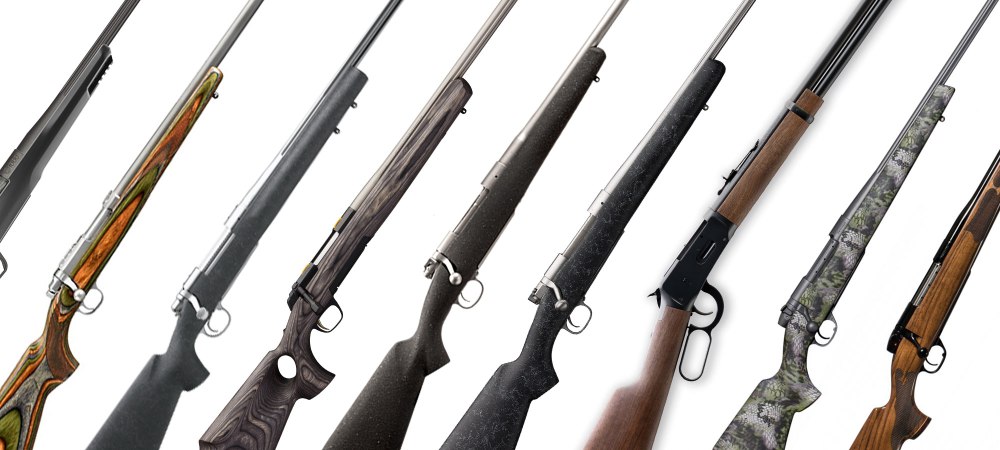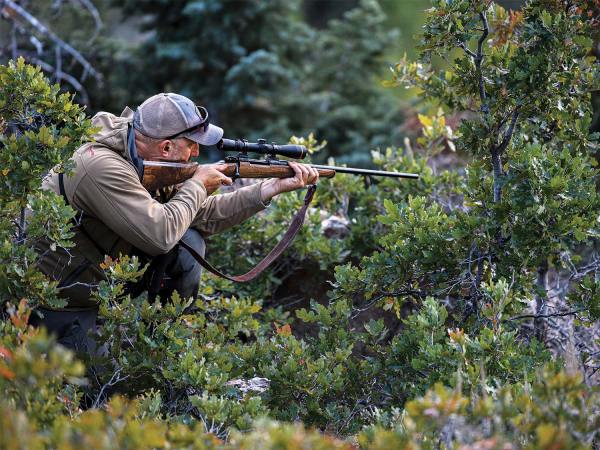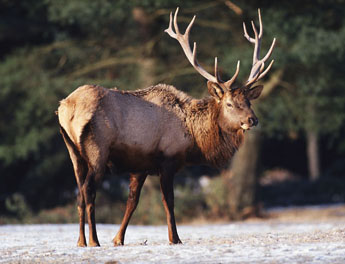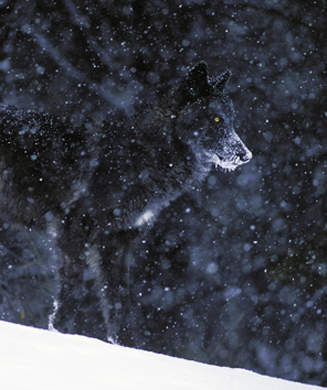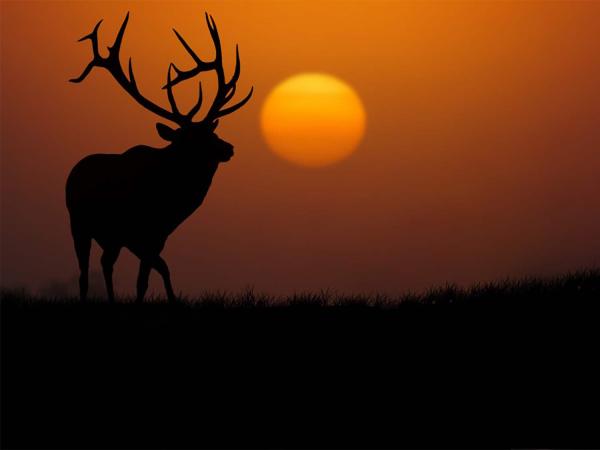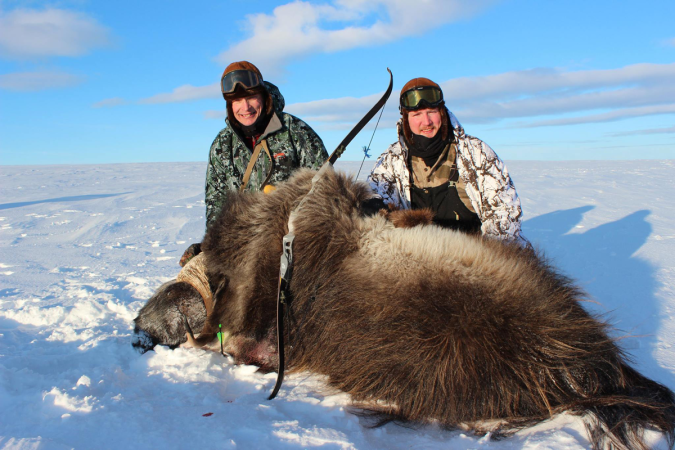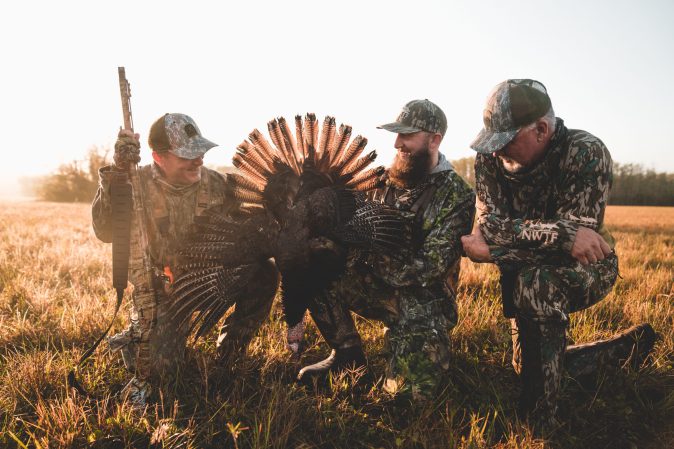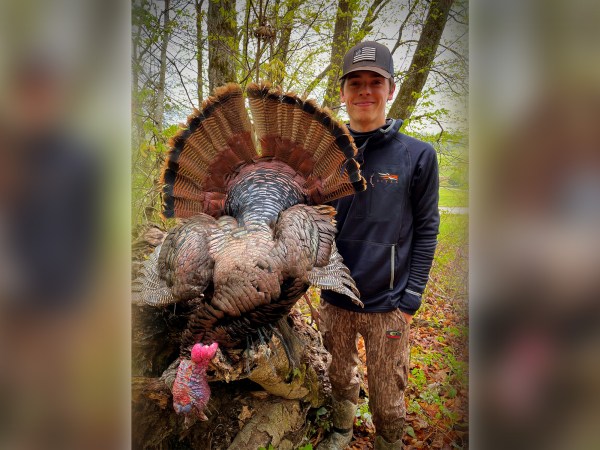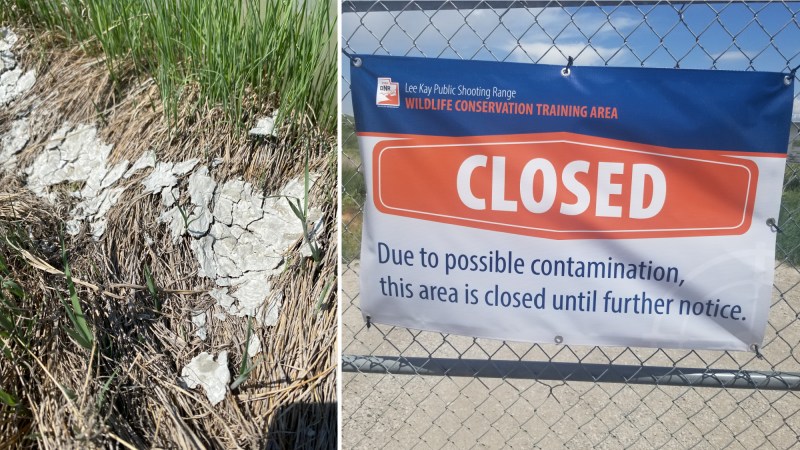Anyone who wants to hunt moose or bighorn sheep in Montana knows just how hard it is to compete for such limited tags. Considering the .9 percent success rate for 2022 moose tags and the 1.4 percent rate for sheep, a successful 2023 draw for either species might feel too good to be true for any hunter.
Unfortunately for 55 sheep hunters and two moose hunters, it was too good to be true. On May 16, Montana Fish, Wildlife, and Parks staff discovered a human error that had thrown off the May 12 moose, sheep, goat, and bison drawing. Licensing staff incorrectly entered quotas into the draw system for four sheep units and three moose units. Sixty four more licenses were drawn for all seven units than the state had set quotas for, with a margin of error ranging from one to 35 extra tags per unit.
The bighorn sheep errors are as follows:
- Unit 482-20: 15 tags available, 20 applicants drawn
- Unit 482-30: 5 tags available, 40 applicants drawn
- Unit 622-30: 10 tags available, 20 applicants drawn
- Unit 680-31: 30 tags available, 40 applicants drawn
The moose errors are as follows:
- Unit 270-50: 2 tags available, 3 applicants drawn
- Unit 332-00: 6 tags available, 8 applicants drawn
- Unit 341-50: 2 tags available, 3 applicants drawn
On Thursday FWP announced its decision to still award the five extra 482-20 tags, highly-coveted either-sex bighorn sheep tags, to the hunters who drew them, despite the error. Two lucky moose hunters also get to keep their tags; the two hunters who drew an erroneous tag in unit 270-50 and unit 341-50 will receive them, despite the original quota of two per unit, FWP Communication and Education Division administrator Greg Lemon tells Outdoor Life.
“The mistake isn’t acceptable. But the reality is harvesting [seven extra animals] is not going to have a biological impact,” he says. “The reason [we’re] making this change … is because we know the impact of this [on hunters]. We want to make sure we were as surgical in correcting this mistake as we could be.”
The other 57 extra tags in units that FWP says could not handle above-quota harvests will be rescinded. FWP knows exactly which hunters drew which extra tags, thanks to a number attached to their application, Lemon explains. This means all hunters who rightfully drew tags will still receive them.
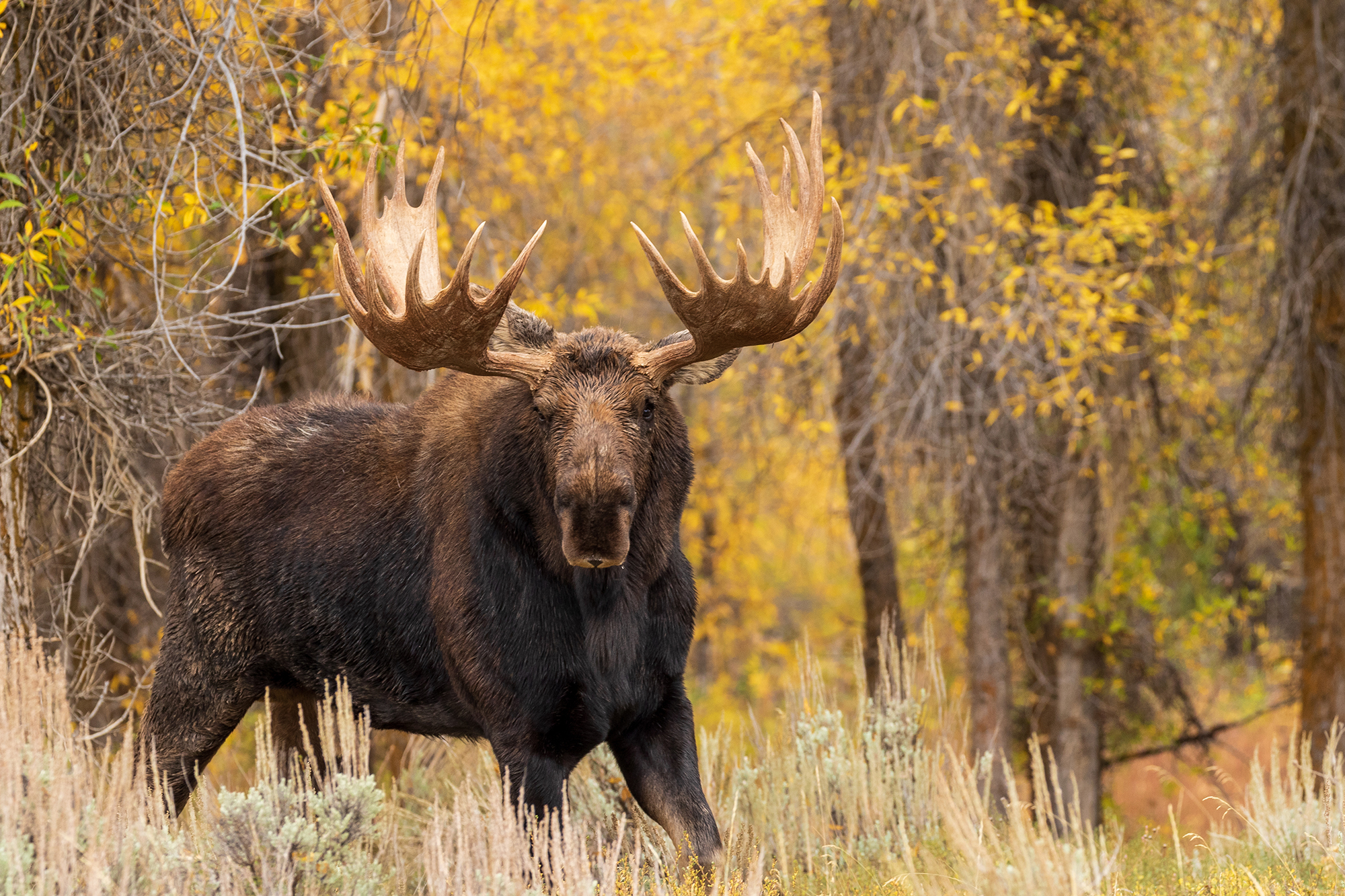
As soon as FWP discovered the glitch, they put a block on the website so that none of the successful applicants in the seven affected districts could purchase their tags. Now, they’re in the process of identifying and alerting the 57 applicants who didn’t actually draw.
“We know this is disappointing for the people affected by this mistake, and we’re very sorry,” FWP deputy director Dustin Temple said. “We are putting the resource first, and here that means following the science for population management and ensuring that we meet hunters’ expectations for a quality hunt. In this circumstance, that means pulling back some of the licenses drawn to ensure the health of the sheep and moose populations in these areas.”
This is the second time in two years that Montana big game draws have resulted in inaccurate draws. Last year, elk hunters had the opposite problem as this year’s sheep and moose hunters; some were kicked out of the elk draw when they should have drawn successfully. A collection of hunt units became “first and only choice” units for the 2022 season. But when hunters went in to apply and selected one of the first-choice-only units, they were still able to select second and third choices. Those who did so—2,482 applications across 10 hunt units, to be exact—were booted from the draw automatically.
The most recent elk population count puts the statewide number at around 141,000, or almost 50,000 elk above objective. Sheep and moose populations are much lower, which result in the single- to low-double-digit quotas in most units. But applications flood the draw system anyway, and the success ratios of actually drawing a tag are miniscule. In 2022, 328 out of 34,395 moose tag applications and 569 out of 40,890 sheep tag applications (which included 6,676 second-choice ewe applications) were successful, according to FWP data.
Of course, these numbers are impacted by the complexities of preference points, bonus points, residency status, and all the other moving parts that make draw systems so complex. And as point creep becomes more of a concern and hunters who play the game start feeling more like donkeys chasing carrots, these mistakes only become more crushing for hunters who get their hopes up.
“For most of these people who put in for these tags, it’s a passion,” lifelong Montanan, hunter, and taxidermist Dale Manning tells Outdoor Life. “We don’t know what their situation is. We don’t know if it was a 77 year-old man who’s been putting in since he was 16 and finally drew. Moving forward, where’s our confidence in the system? Now this has happened two years in a row. Is it going to be me next year?”

